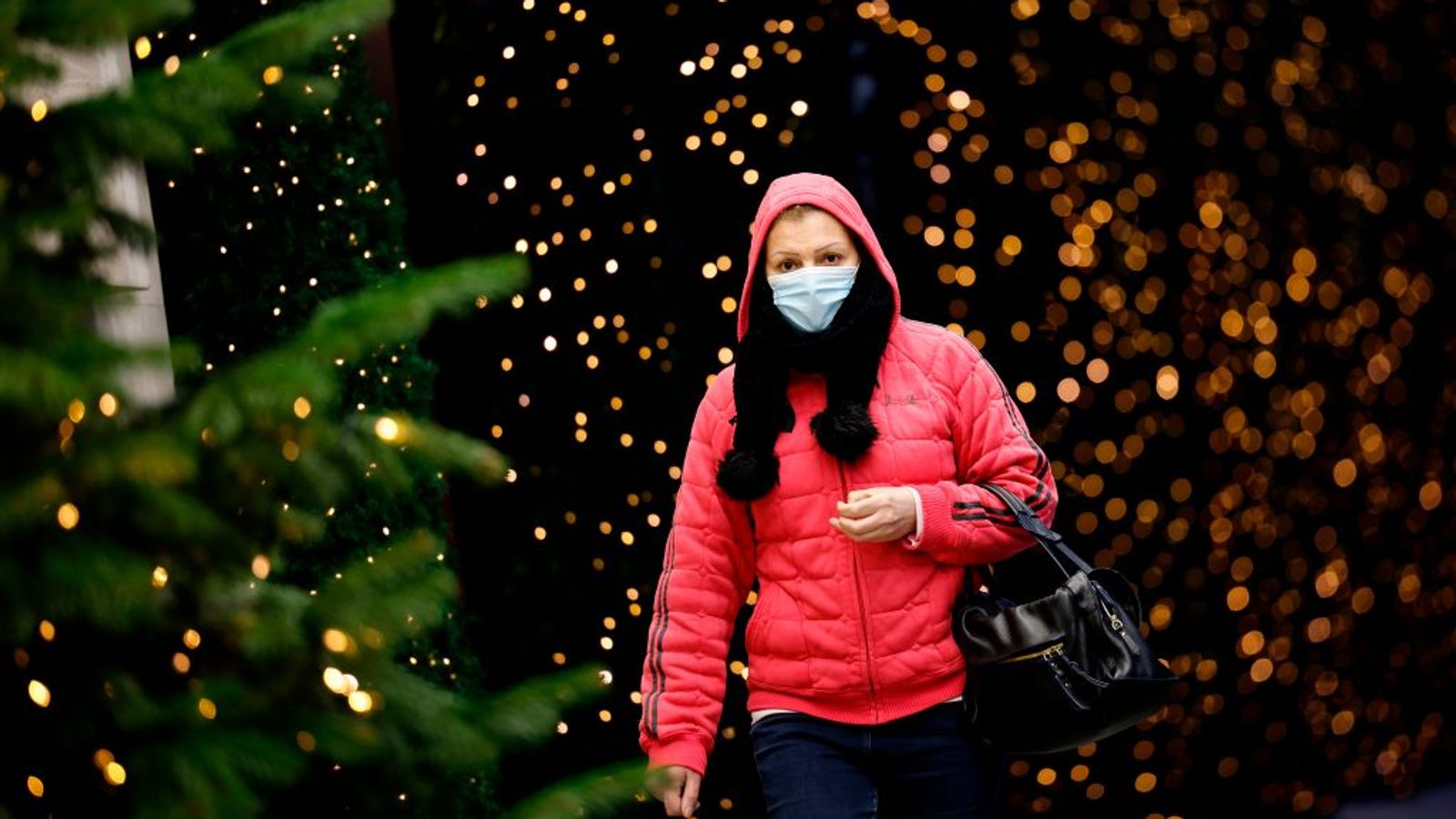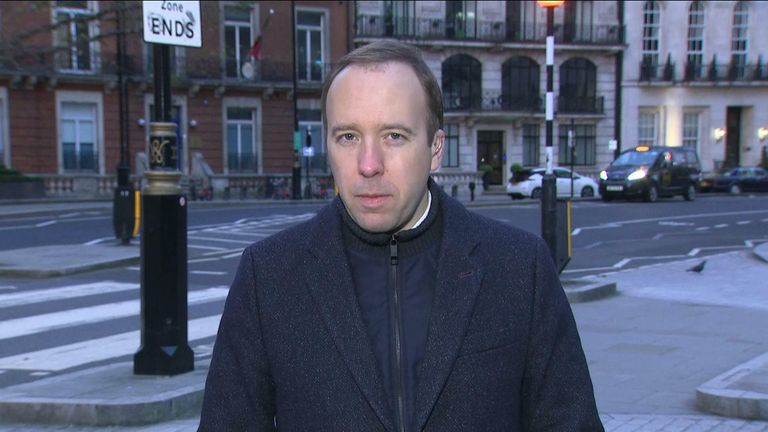The UK’s reproduction number has fallen slightly to a maximum of 1.1 from a maximum of 1.2, according to new figures.
The figure has been confirmed by the Scientific Advisory Group for Emergencies (SAGE), which advises the government on its response to the pandemic.
Scientists have estimated the reproduction number, known as R, is now between 1.0 and 1.1.
R represents the average number of people each COVID-19 positive person goes on to infect.
This means on average every 10 people with coronavirus will infect between 10 and 11 others.
The reproduction number was between 1.0 and 1.2 last week.
Live COVID-19 updates from the UK and around the world
The R number is one of the many indicators scientists use to determine how quickly COVID-19 is spreading.
A breakdown of R numbers across England
England: 1.0 – 1.1
East of England: 1.0 – 1.3
London: 1.0 – 1.2
Midlands: 1.0 – 1.2
North East and Yorkshire: 1.0 – 1.1
North West: 0.8 – 1.0
South East: 1.1 – 1.3
South West: 1.0 – 1.3
When the figure is above 1, an outbreak can grow exponentially.
The growth rate, which estimates how quickly the number of infections is changing day by day, is between 0% and plus 2% for the UK as a whole.
It means the number of new infections is growing by 0% to 2% every day.
Estimates for R and growth rates are shown as a range, and the true values are likely to lie within this range, according to the experts.
SAGE also said the figures published on Friday more accurately represent the average situation over the past few weeks rather than the present situation.

